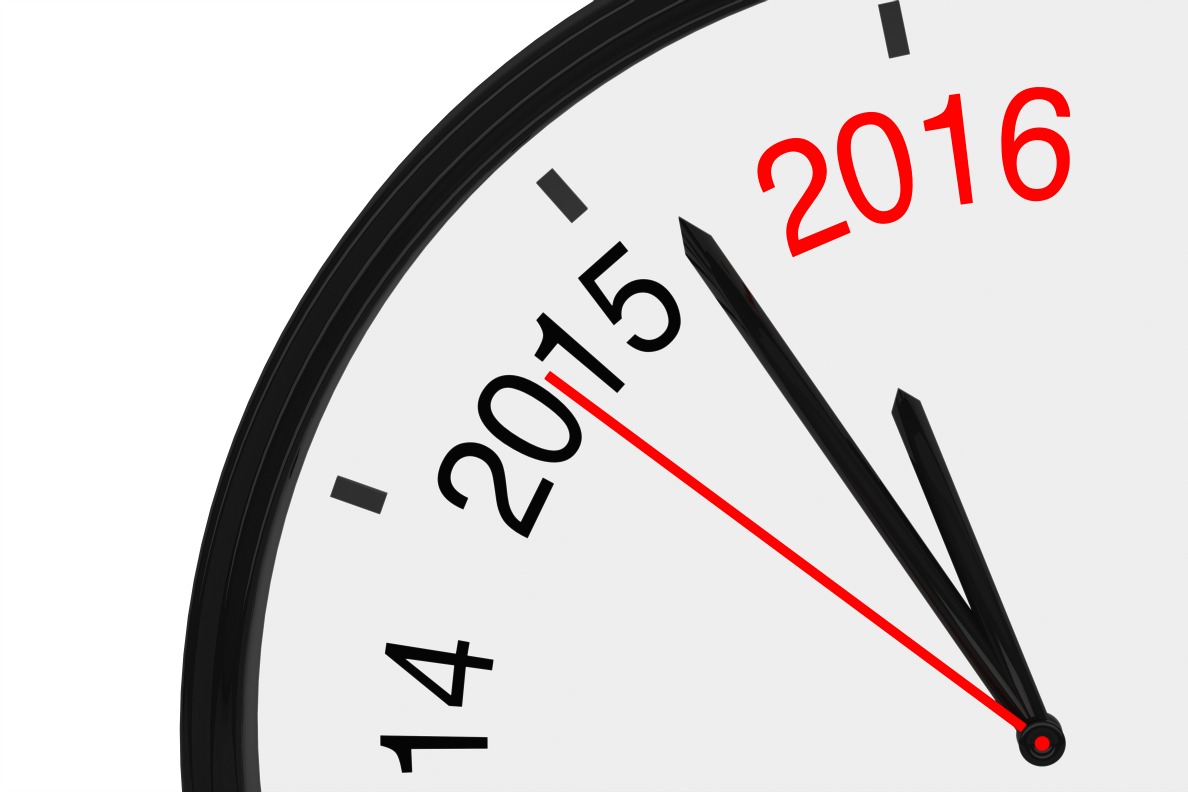By Barlow Mann
As 2015 draws to a close and a New Year is about to dawn, many fundraisers are fine-tuning their plans to maximize gifts during the last weeks of the year, while wondering how philanthropy will fare in 2016.
Past, present & future
By most accounts, charitable giving did very well in 2014, finally surpassing 2007’s pre-recession record level. According to Giving USA’s estimates, individual, bequest, corporate and foundation giving all saw increases last year. As 2015 began, however, there was some concern about how charitable giving would fare in light of potential changes in monetary policy, the future of interest rates, the possibility of a stock market correction and/or a general economic downturn.
In spite of these potential pitfalls, charitable giving in America seemed to rebuff the naysayers and got off to a good start in 2015 as the economy continued to experience positive growth. The second half of the year proved to be more challenging, however, as the economy slowed and consumer confidence fell in the third quarter. August saw stock market indexes experience their first 10 percent correction since the markets “bottomed out” in 2009. Simultaneously, debt and fiscal issues in the European Union and slowdown of the Chinese economy threatened to trigger a worldwide recession. The third quarter GDP fell to 1.5 percent after growing at an estimated 3.9 percent the previous quarter.
The third quarter economic malaise reportedly impacted a number of fundraising channels negatively, and even some leading programs experienced difficulties in August and September when it appeared that the stock market might continue to fall to levels not seen in several years. Perhaps fueled by low gas prices that put extra funds in people’s pockets, a relatively strong dollar on global markets and low unemployment, consumer spending and charitable giving stabilized and appears to have returned to more normal levels in October and November.
With expanding consumer spending, increased housing construction and low unemployment figures, fourth quarter GDP is expected to return to the 3 percent range. As 2015 draws to a close and a New Year is about to dawn, many fundraisers are fine-tuning their plans to maximize gifts during the last weeks of the year, while wondering how philanthropy will fare in 2016. Total giving in 2015 may yet be propelled to record levels. Overall positive fundraising performance may well depend on donor behavior in December—and that may depend on you.
Back to the present
December has traditionally been a special season for both charitable and non-charitable giving. There are many reasons for this, both logical and emotional. Many individuals receive a significant portion of their compensation in the form of bonuses, which are often distributed in December. Others rebalance their investment portfolios at this time of the year and make adjustments that include purchases, sales and gifts of various assets. Many people who sold stocks at a gain earlier in the year are now harvesting losses or looking for charitable and other deductions to offset gains.
While donors rarely make gifts solely for the benefit of a deduction, tax incentives nonetheless encourage charitable gifts by lowering their cost. As noted above, gifts of appreciated investments may be particularly attractive to people who realized stock gains this year.
Online giving has been a growing source of charitable gifts in recent years, and several of the busiest giving days of the year occur this month, including #GivingTuesday on December 1 and December 31 (see “’Tis the Season to Give,” Give & Take, November 2015).
At this point, a number of key economic indicators are leading us to believe that both regular and major gift donors may be especially responsive to special appeals for funds this December. Those who “ask” will receive more gifts than those who don’t, so be sure to examine your plans to use all appropriate fundraising channels during the most generous month of the year.
Back to the future
Looking forward to 2016, many are wondering what the new near will bring for philanthropy. Many of the same concerns that we have faced since the Great Recession still remain. But we know several things from the past that will help us raise funds in the future. First, people give during good times and bad. Even during the Great Depression and the Great Recession, people continued to give, but giving can come under stress as “discretionary” income and assets shrink in tough times. When the economy is growing robustly, giving normally increases more rapidly as an offshoot of the “wealth effect.”
For almost 100 years the U.S. Tax Code has provided incentives and benefits to individuals who make qualified charitable gifts. According to IRS data and Giving USA estimates, the 25 to 30 percent of individual taxpayers who itemize income tax deductions account for some 80 percent of all individual giving. Also, federal estate tax returns for wealthy decedents indicate that the charitable estate tax deduction is second in popularity only to the marital deduction.
For many high income, high net worth individuals, tax increases enacted as part of the American Taxpayer Relief Act of 2012 (passed in 2013) increased the benefits of their charitable gifts.
Next year the oldest baby boomers turn 70, but the youngest are still in their early fifties with most in their peak earning years. As a result, most are in the prime of their donor lifecycle for regular and special/major gifts. The sheer size of this generation of givers has recently propelled them to be the generation that accounts for the largest share of giving each year.
When combined with those already over the age of 70, the impact of giving by baby boomers reaching this age threshold becomes apparent. It will also be important to provide cost-effective giving channels to philanthropically oriented Millennial and Gen X donors.
The opportunities and challenges for charitable giving will unfold one chapter at a time during 2016. Those who have well-conceived plans to minimize stumbling blocks, while taking full advantage of opportunities that may appear, will likely see their giving increase even if 2016 proves to be a challenging year. More than ever before, fundraisers must carefully craft plans that are flexible enough to shift and employ variable tactics based on the ever-changing fundraising environment. ■
 For tips, strategies and information designed to equip you to maximize your program’s results in 2016, join us for our webinar “Philanthropy in 2016: Meeting the Challenges” on Thursday, December 10, 2015, 1:30 p.m. EST. Click here to register.
For tips, strategies and information designed to equip you to maximize your program’s results in 2016, join us for our webinar “Philanthropy in 2016: Meeting the Challenges” on Thursday, December 10, 2015, 1:30 p.m. EST. Click here to register.
Barlow Mann is Chief Operating Officer of Sharpe Group.


